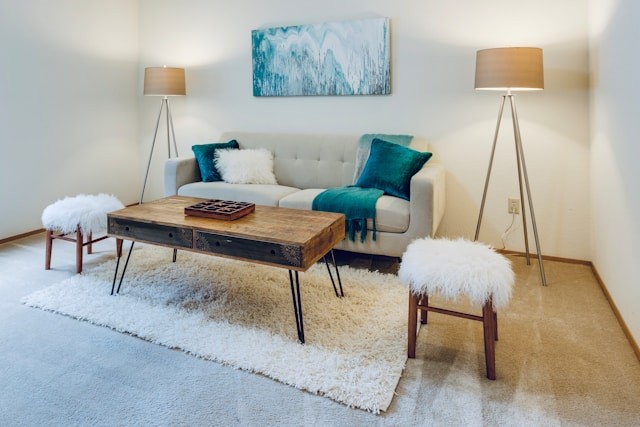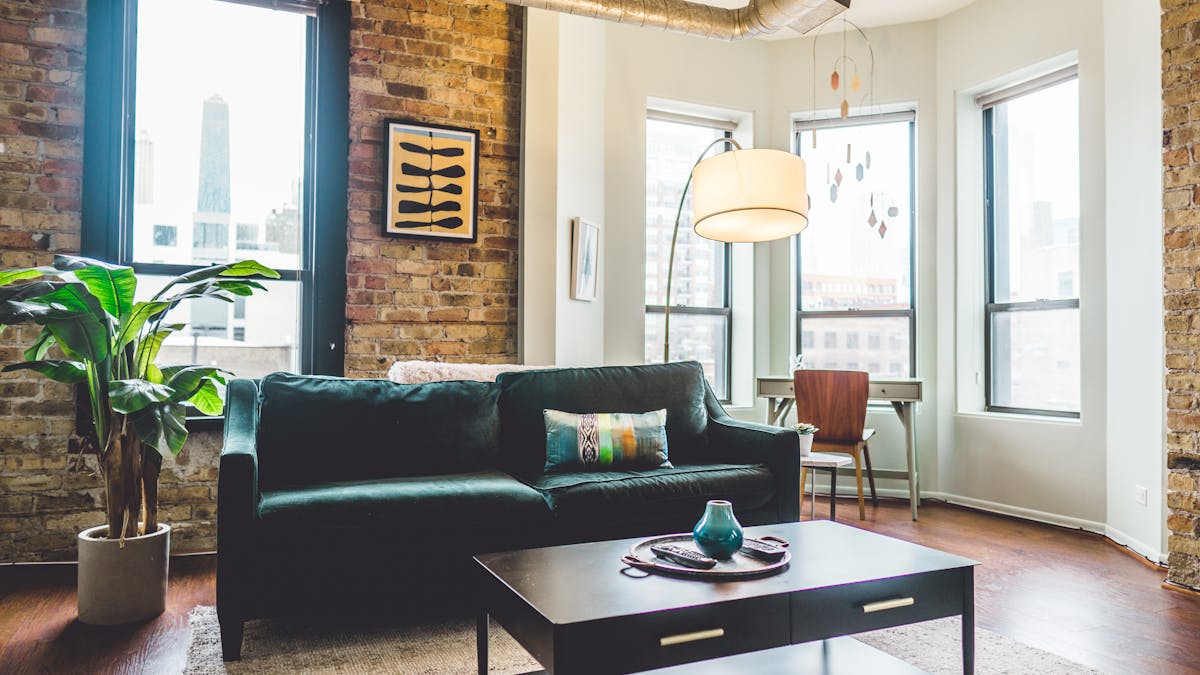The living room is often considered the heart of a home, serving as a central gathering space for family and friends. A well-designed living room not only reflects your personal style but also provides comfort and functionality for various activities, from relaxing after a long day to entertaining guests. Explore how to create a cozy and functional living room by making the right furniture choices.
Defining your living room style
Before diving into furniture selection, define the style you want for your living room. This process involves identifying your aesthetic preferences and considering the room’s existing architecture and natural light.
Start by browsing through home decor magazines, websites, or social media platforms to gather inspiration. Take note of the styles that resonate with you, whether it’s modern minimalism, rustic charm, or eclectic bohemian. Consider which colors, textures, and patterns you’re drawn to, as these will inform your furniture and decor choices.
Next, assess your living room’s architectural features and natural light. Does the space have high ceilings, large windows, or unique architectural elements? These factors can influence your style choices and help you determine which furniture pieces will work best in the space. For instance, a room with ample natural light might benefit from lighter color palettes, while a cozier space with less light could be enhanced with warm, rich tones.
Choosing the right sofa

The sofa is often the largest and most used piece of furniture in a living room, making it an important element in your design. When selecting a sofa, consider both size and shape based on your available space.
Measure your living room and visualize how different sofa sizes would fit. A large sectional might be perfect for a spacious area, while a compact loveseat could be ideal for smaller rooms. Consider the flow of traffic in the room and ensure there’s enough space to move around comfortably.
Materials and colors are equally important. For high-traffic living rooms or homes with children and pets, durable fabrics like leather or tightly woven synthetics are practical choices. Color-wise, neutral tones offer versatility and longevity, while bold colors can make a statement.
Remember that your sofa will likely be a long-term investment, so choose a style and color that you’ll be happy with for years to come.
The coffee table: a living room centerpiece
A coffee table serves both functional and aesthetic purposes in a living room. It provides a surface for drinks, books, and decorative items while also anchoring the seating arrangement and contributing to the overall style of the space.
There are numerous types of coffee tables to choose from, including traditional wood tables, modern glass designs, and multi-functional pieces with storage. The shape of your coffee table can also vary, with rectangular, square, round, and oval options available.
When selecting the ideal coffee table, consider its proportions in relation to your sofa and the room size. A general rule of thumb is to choose a coffee table that’s about two-thirds the length of your sofa and at a height similar to or slightly lower than your sofa’s seat cushions.
For expert advice on choosing the perfect coffee table for your living room, you might want to check out the French blog matablebasse. It offers a wide range of articles concerning styles and can provide guidance on selecting the best piece for your space.
Complementing with armchairs and ottomans

To create a well-rounded seating arrangement, complement your sofa with armchairs and ottomans. These additional pieces not only provide extra seating but also help create distinct conversation areas within the room.
When choosing armchairs, consider how they’ll interact with your sofa. They don’t need to match exactly, but they should complement the sofa’s style and scale. Mixing different textures and patterns can add visual interest to your living room, but be sure to maintain a cohesive color palette.
Ottomans are versatile pieces that can serve as extra seating, footrests, or even impromptu coffee tables when topped with a tray. They’re also an excellent way to introduce new textures or patterns into your living room design.
The importance of lighting
Proper lighting is essential for creating a cozy and functional living room. A well-designed lighting scheme combines ambient, task, and accent lighting to create a warm and inviting atmosphere while providing adequate illumination for various activities.
Start with ambient lighting, which provides overall illumination for the room. This could be in the form of ceiling fixtures, recessed lighting, or wall-mounted sconces. Next, incorporate task lighting for specific activities like reading or working. Table lamps or floor lamps near seating areas are perfect for this purpose.
Finally, add accent lighting to highlight architectural features, artwork, or other decorative elements. This could include picture lights, track lighting, or small LED spotlights.
When selecting light fixtures, choose designs that integrate with your overall decor. A statement chandelier can become a focal point, while sleek, modern lamps can complement a minimalist aesthetic.
Accessorizing to personalize
The final touch in creating a cozy and functional living room is adding accessories that reflect your personality and style. Cushions, throws, and rugs are excellent ways to introduce color, pattern, and texture to your space. Mix and match different sizes and styles of cushions on your sofa and armchairs for a layered, inviting look.
Incorporate decorative objects such as vases, sculptures, or framed photos to add personal touches. Plants are also a great addition, bringing life and a touch of nature to your living room. Choose a variety of sizes and types to create visual interest and improve air quality.
Harmonizing the elements for a welcoming living room
Creating a cozy and functional living room is about harmonizing all the elements we’ve discussed. From selecting the right furniture pieces to choosing appropriate lighting and adding personal touches, each decision contributes to the overall atmosphere of your space.
Remember that the best living rooms evolve over time. Don’t be afraid to experiment with different arrangements or swap out accessories seasonally. The key is to create a space that not only looks beautiful but also meets your needs and reflects your personal style. With careful planning and thoughtful choices, you can create a living room that truly feels like the heart of your home.

